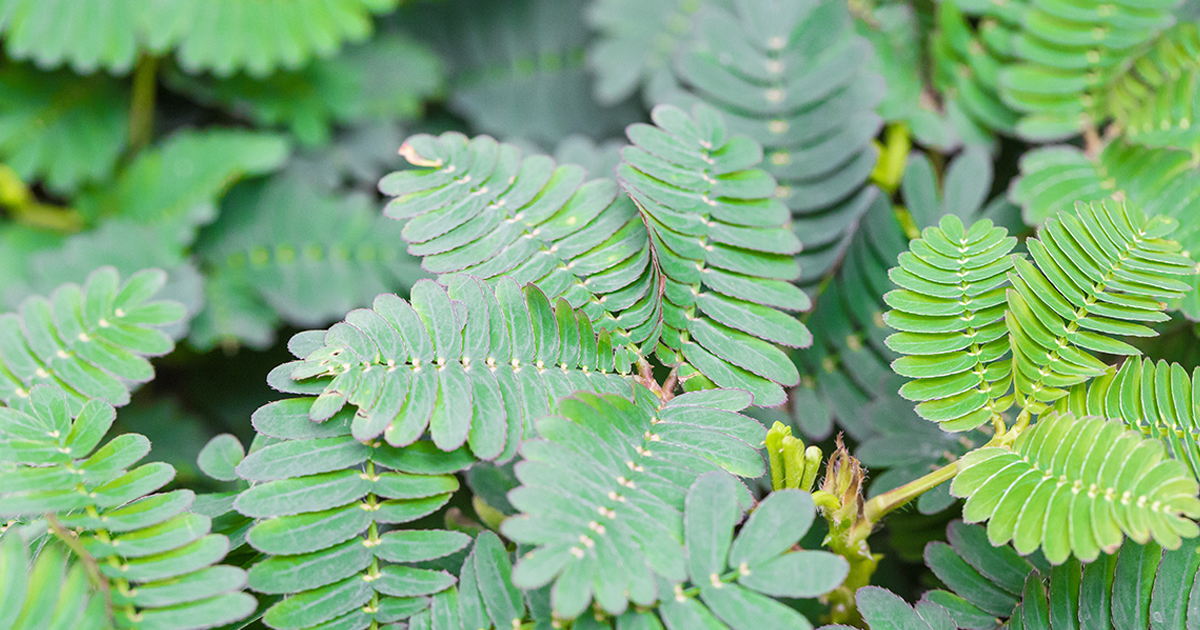
Introducing children to gardening and plant science can be a very rewarding experience. One simple and engaging way to spark their curiosity about nature is by sprouting carrot tops. This activity is not only easy to set up but also provides a fascinating look into plant growth and regeneration. Let’s dive into how you can make sprouting carrot tops a fun and educational project for kids.
Why Sprout Carrot Tops?
Sprouting carrot tops is a wonderful way to teach children about:
Plant Life Cycles: The kids can observe how plants grow and regenerate.
Sustainability: This shows how food scraps can be reused, and it encourages an eco-friendly habit.
Responsibility: Taking care of their carrot tops teaches kids to nurture living things.
Curiosity and Wonder: Watching the daily progress of sprouting carrot tops is exciting and inspiring for young minds.
This activity is great for a classroom, after-school program, or a weekend project at home.
Materials Needed
The best part about sprouting carrot tops is that it requires minimal materials, most of which are probably already in your home:
- Fresh carrot tops (about 1-2 inches of the top portion of a carrot, including the green stems if available)
- A shallow dish or bowl
- Water
- Small stones or pebbles (optional, for stability)
- Sunny windowsill
- Paper notebook or journal (optional; to track daily progress)
Directions
1. Prep the Carrot Tops
Gather fresh carrots and snip off their green tops. Do not remove completely; rather leave about 1-2 inches of the orange root attached to the green top.
Rinse the green tops in order to get out any dirt lodged on the roots.
2. Setup dish
Put the chopped carrot tops in a shallow dish or bowl. If using pebbles, add those first to support the carrot tops in the bowl.
Add only enough water to fill the bottom of the carrot tops. Avoid letting them become completely saturated.
3. Where to Locate Them
Position the bowl in a sunny window or another well-lit spot. Carrot tops prefer a lot of direct sunlight.
4. Watch and Care
Check the water daily to ensure the bottom of the tops is moist. Otherwise, add as needed.
Replace the water every couple of days, as it might develop mold or bacteria.
5. Watch Them Grow
Within a few days, you will see the sprouts begin to sprout into small green shoots at the top. Over the week or so, you will notice that the sprouts are growing taller and possibly small roots are beginning to appear at the bottom.
Making It Educational
Sprouting carrot tops is an activity that holds much learning. Here are some ways to make the activity even more enriching:
1. Science Journals
Encourage kids to keep a journal where they can record daily observations, draw pictures of the sprouts, and note changes in size and color.
2. Discuss Plant Biology
Explain how plants use sunlight, water, and nutrients to grow. Use simple terms like “photosynthesis” and “regeneration” to introduce scientific concepts.
3. Experimentation
Try sprouting carrot tops under different conditions. For instance, place one dish in the sun while keeping another in the shade and see which grows faster.
4. Connection to Sustainability
Discuss how using leftover food waste helps in reducing disposal. This aspect leads to further talking points on composting and other environment-friendly skills.
5. Creative Projects
Plant the carrot sprouts as a mini-garden and add celery or lettuce for some other vegetable scraps to make it a mini-indoor ecosystem.
Fun Variations
To make it more exciting, here are some fun variations of the activity:
Carrot Top Art: When the carrot tops have already sprouted, they can be used in making vegetable stamping or nature collages.
Carrot Top Pets: Use the carrot tops and decorate them with googly eyes and pipe cleaners to make quirky “pets.”
Carrot Top Recipes: While the sprouts are not eaten, they might inspire kids to learn more about cooking with carrots.
Troubleshooting Tips
While sprouting carrot tops is pretty easy, here are some common issues and solutions:
No Growth: Carrot tops must be fresh. The dish should be placed in the sun. The water should be changed regularly.
Mold or Slime: Thoroughly clean the dish, and use new water. Sometimes, a few drops of lemon juice can stop mold from developing.
Wilting Sprouts: The water level should be high enough, so the carrot tops are not getting dry.
Expanding the Activity
Once children have mastered sprouting carrot tops, they can try the following:
Planting the Sprouts: Plant the sprouted carrot tops in soil to see if they can grow further.
Exploring Other Vegetables: Try sprouting other scraps like potato eyes, onion bottoms, or avocado pits.
Building a Mini Garden: Create a small indoor garden with various plants to foster a love for gardening.
The Joy of Gardening with Kids
Sprouting carrot tops is more than just a fun project; it’s a way to connect with children and nurture their sense of wonder about the natural world. Watching the transformation of a simple carrot scrap into a vibrant green sprout is a magical experience that kids will remember for years to come.
So gather your carrot tops, set up your dish, and let the adventure begin. Who knows? This small project might just be the start of a lifelong love for gardening and sustainability!







